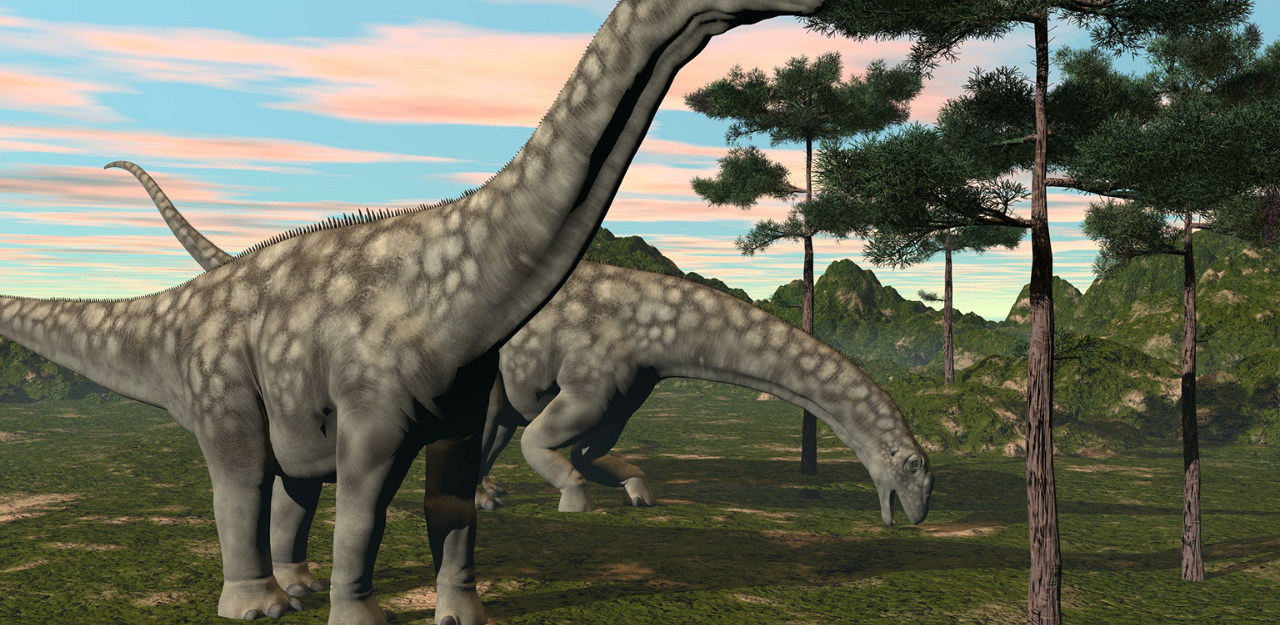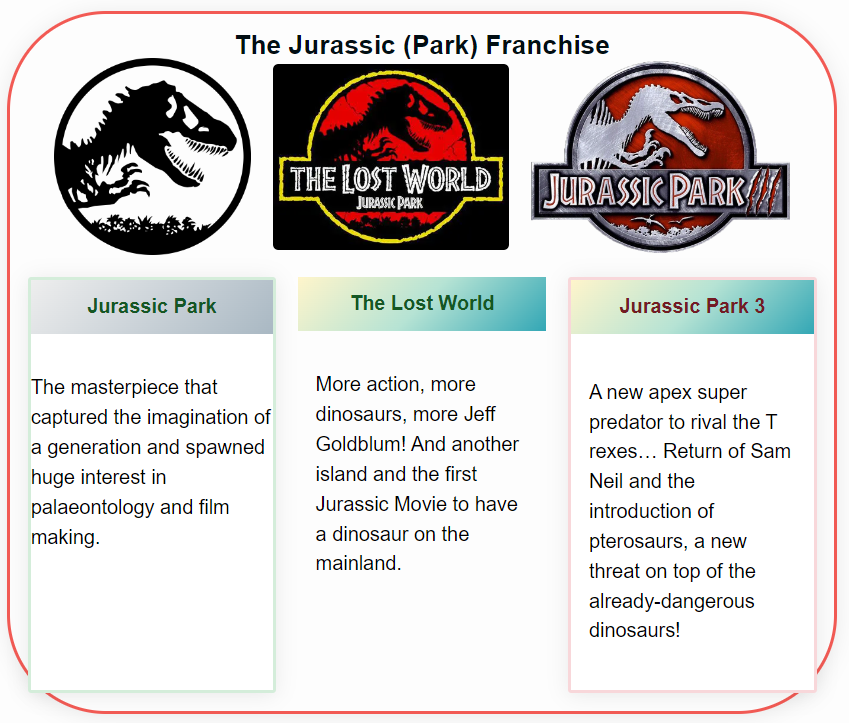
Argentinosaurus is a genus of giant sauropod dinosaur that lived during the Late Cretaceous period in what is now Argentina. Although it is only known from fragmentary remains, Argentinosaurus is one of the largest known land animals of all time, perhaps the largest, measuring 30-35 metres (98-115 ft) long and weighing 65-80 tonnes (72-88 short tons).
Discovery and Characteristics
Argentinosaurus was first discovered in 1987 in the Neuquén Province of Argentina by a team of paleontologists led by José Bonaparte. The remains consisted of several vertebrae and limb bones, which were estimated to be about 90 million years old. Based on these remains, scientists have reconstructed Argentinosaurus as a massive, long-necked herbivore with a small head, long tail, and four pillar-like legs.
Diet and Habitat
Argentinosaurus likely fed on a diet of vegetation, using its long neck to reach high branches and leaves. It lived in a lush, tropical environment that was filled with a diverse range of flora and fauna, including other dinosaurs like the Abelisaurids and the Carnotaurus.
FAQ
What is the largest known land animal of all time?
Argentinosaurus is one of the largest known land animals of all time, perhaps the largest. While its exact size and weight are not known due to the fragmentary nature of its remains, estimates suggest that it was around 30-35 metres (98-115 ft) long and weighed 65-80 tonnes (72-88 short tons).
Did Argentinosaurus have any predators?
While there is no direct evidence of predators that preyed on Argentinosaurus, it is likely that it was hunted by large carnivorous dinosaurs like the Abelisaurids and the Carnotaurus.
Is Argentinosaurus related to other sauropod dinosaurs?
Argentinosaurus is a member of the Titanosauria group of sauropod dinosaurs, which were known for their massive size and long necks. Other members of this group include the Patagotitan and the Dreadnoughtus.
How did Argentinosaurus go extinct?
Like most dinosaurs, Argentinosaurus went extinct at the end of the Cretaceous period, around 66

